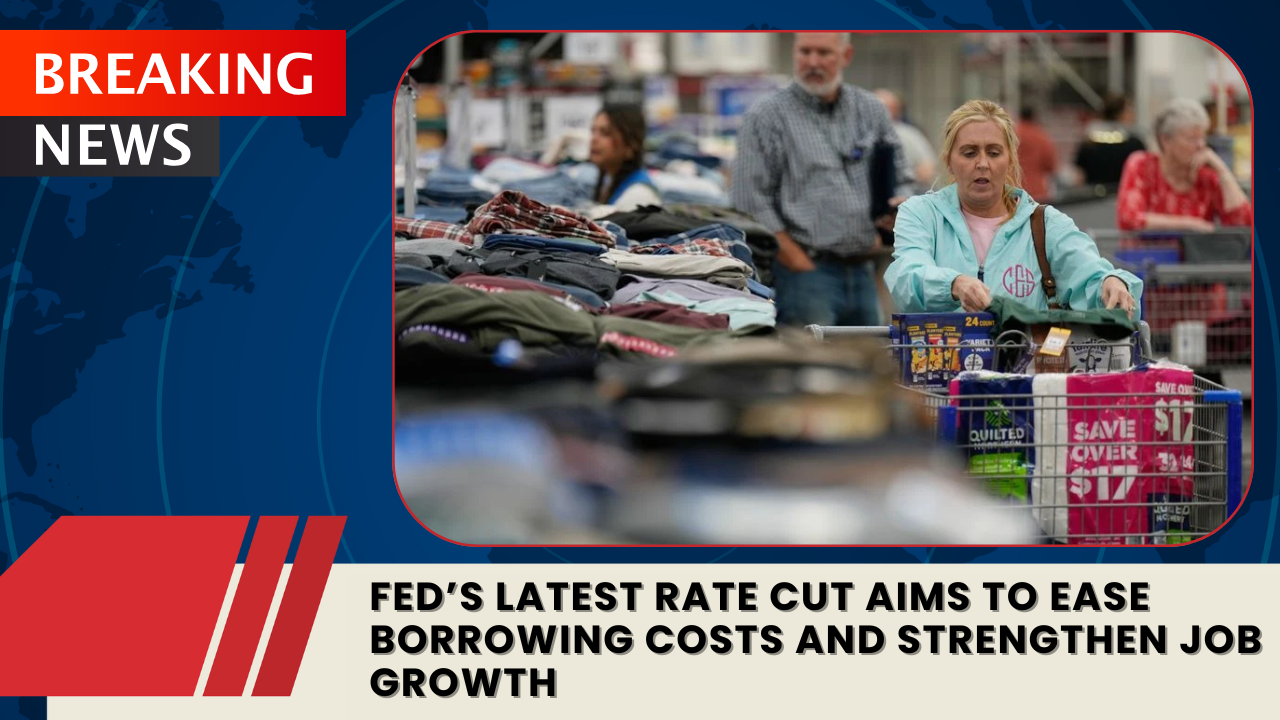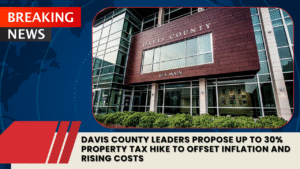SALT LAKE CITY — The Federal Reserve is expected to announce a quarter-point interest rate cut, a move designed to make borrowing cheaper for consumers and businesses while stimulating a slowing job market.
Financial analysts say the decision reflects a shift in the Fed’s focus — from primarily combating inflation to now supporting employment and economic momentum.
According to Stephen Kates, a financial analyst with Bankrate, the central bank is responding to signs of a cooling labor market. “The labor market has been weakening,” Kates explained. “While this may shift attention away from inflation slightly, the concern now is that rising unemployment and hiring freezes could stall the economy.”
The interest rate reduction, expected to be officially confirmed this week, would lower the federal funds rate by 0.25 percentage points. This move follows a series of previous cuts aimed at controlling inflation, which has gradually stabilized over recent months.
“The goal,” Kates added, “is to make it easier for people and businesses to borrow — whether that’s through mortgages, auto loans, or business investments — and in turn, encourage more hiring and spending.”
Economists predict that the rate cut could have a ripple effect across major sectors of the economy. Lower borrowing costs often lead to increased consumer activity and greater access to financing for both individuals and small businesses.
However, experts caution that the benefits will take time to appear. “The results won’t be immediate,” Kates said. “It could take several months before we see stronger hiring numbers or more robust economic activity.”
The Fed is expected to consider another potential rate cut in December, depending on how inflation trends and labor market data evolve in the coming weeks.
For households, the upcoming adjustment could mean lower mortgage rates, cheaper car loans, and more flexibility in managing debt. Financial advisors encourage consumers to use this period to review their budgets, refinance where possible, and plan for longer-term financial stability.
As the Fed continues balancing inflation control with job market support, economists agree that this latest decision marks a measured step toward steady growth rather than a drastic policy shift.



